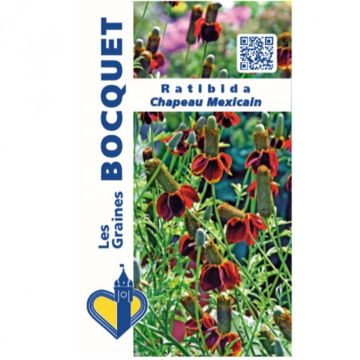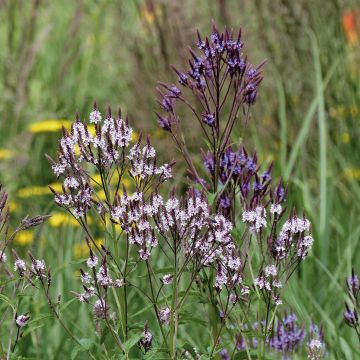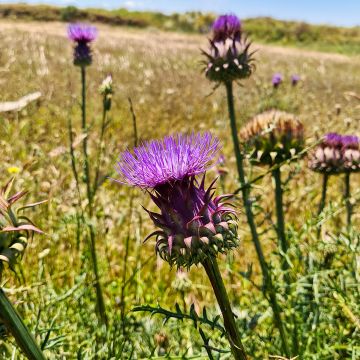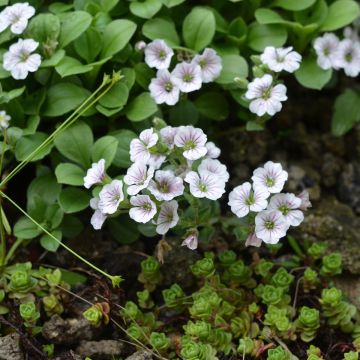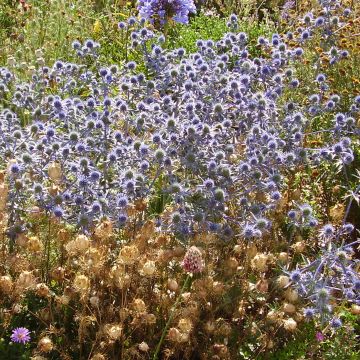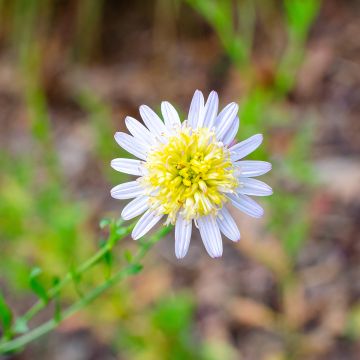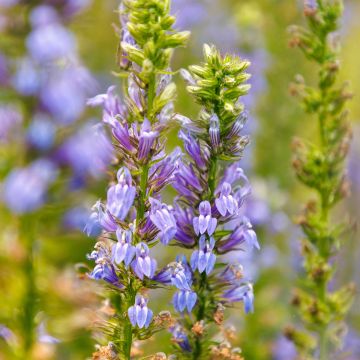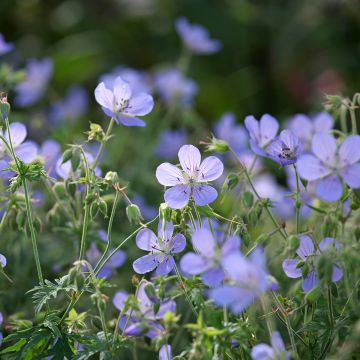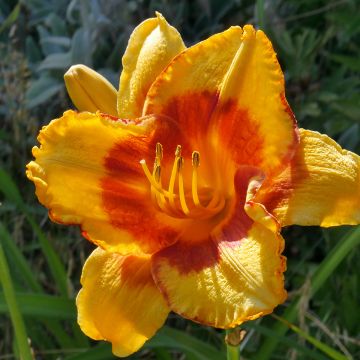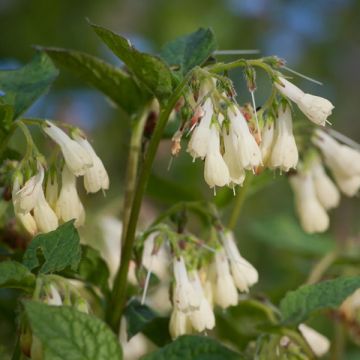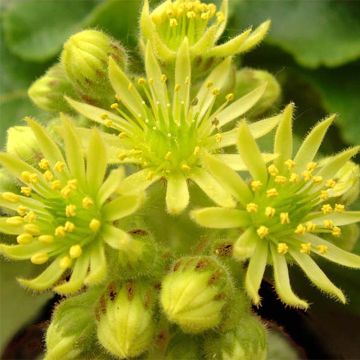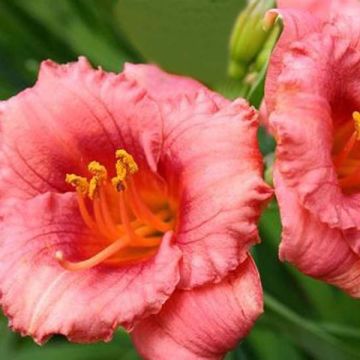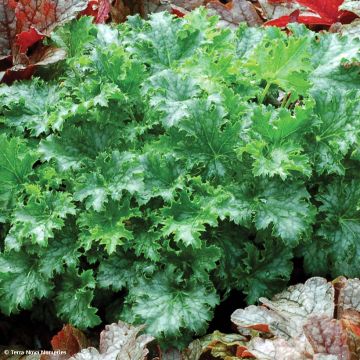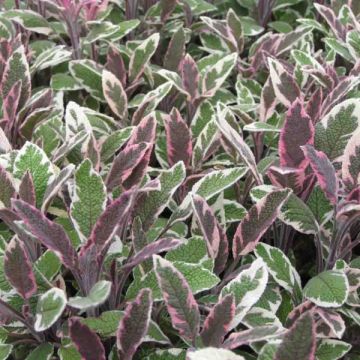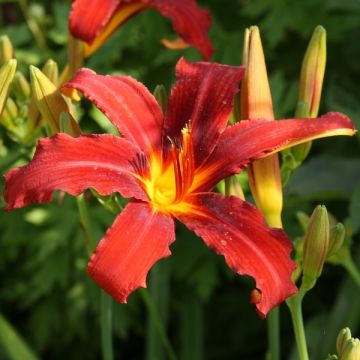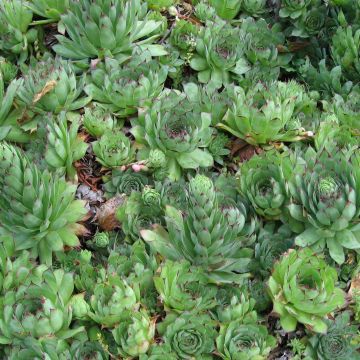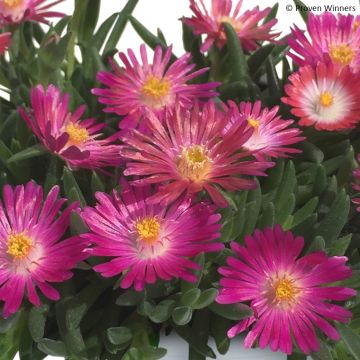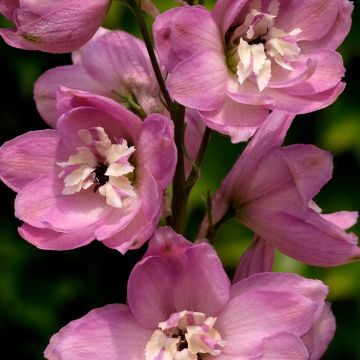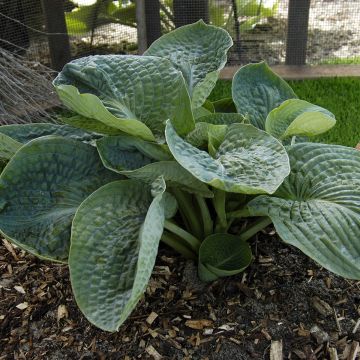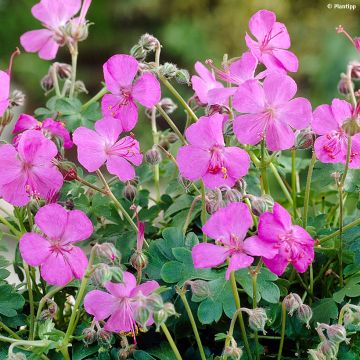Plantfit
Log in / Register
Existing customer?
New customer?
Create an account to track your orders, access our customer service and, if you wish, make the most of our upcoming offers.
My Account
Hello
Shipping country and language
Your country of residence may be:
For a better user experience on our website, you can select:
Your shipping country:
Andorra
Austria
Belgium
Bulgaria
Croatia
Czechia
Denmark
Estonia
Finland
France
Germany
Greece
Hungary
Iceland
Ireland
Italy
Latvia
Lithuania
Luxembourg
Monaco
Netherlands
Poland
Portugal
Romania
Slovakia
Slovenia
Spain
Sweden
Switzerland
Language:
French
English
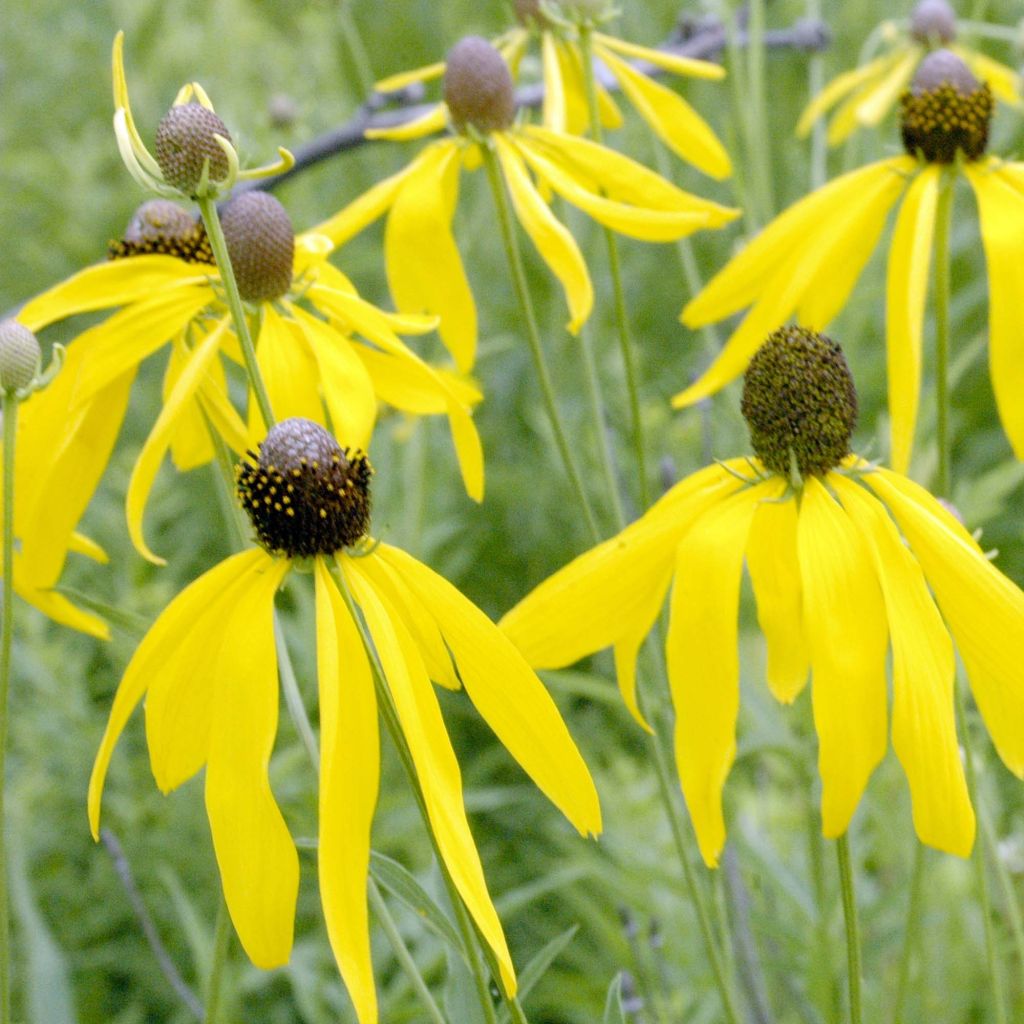

Ratibida pinnata - Yellow Coneflower
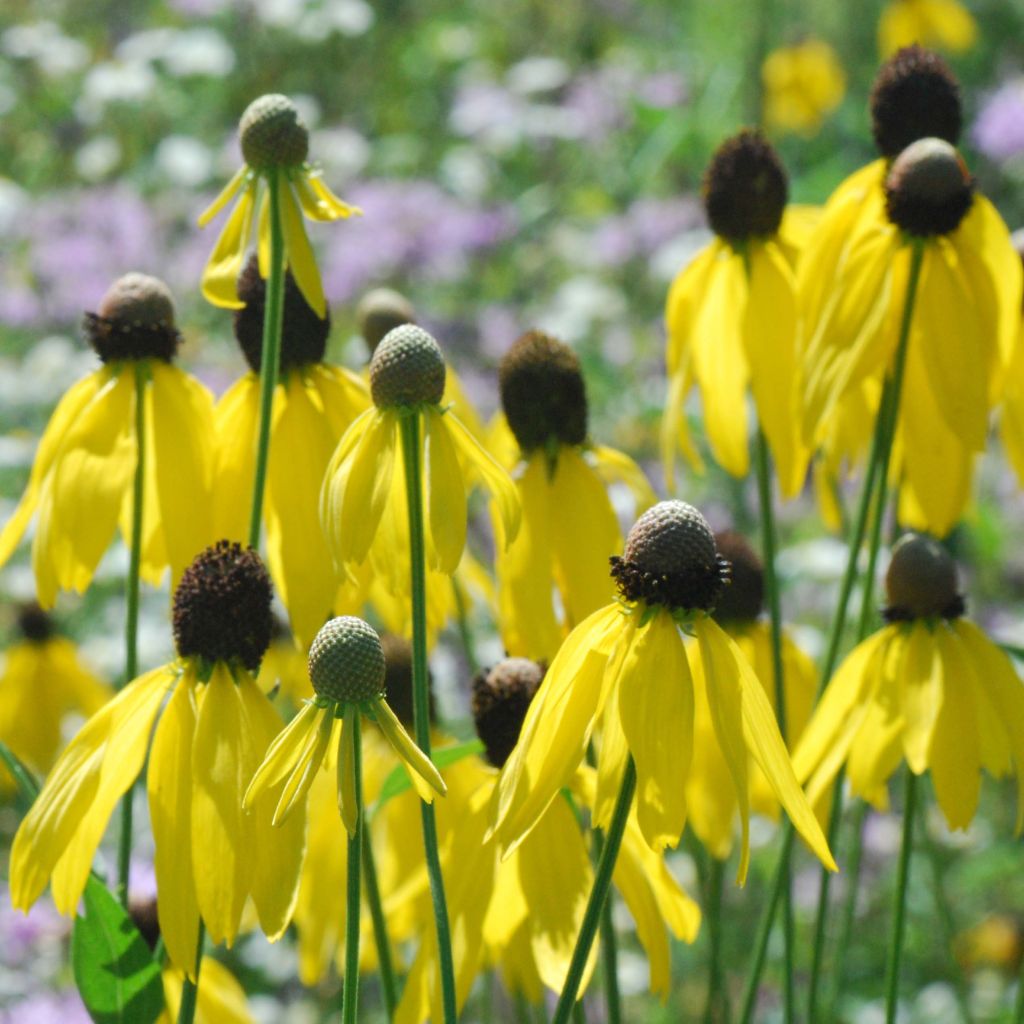

Ratibida pinnata - Yellow Coneflower
Ratibida pinnata - Yellow Coneflower
Ratibida pinnata
Yellow Coneflower, Greyhead Coneflower
Order in the next for dispatch today!
Dispatch by letter from €3.90.
Delivery charge from €5.90 Oversize package delivery charge from €6.90.
More information
This item is not available in your country.
Select delivery date,
and select date in basket
This plant carries a 12 months recovery warranty
More information
We guarantee the quality of our plants for a full growing cycle, and will replace at our expense any plant that fails to recover under normal climatic and planting conditions.
From €5.90 for pickup delivery and €6.90 for home delivery
Express home delivery from €8.90.
Does this plant fit my garden?
Set up your Plantfit profile →
Description
The Ratibida pinnata is a plant that blooms all summer in the meadows of central and eastern United States, where it competes with tall grasses. Its large, oddly-shaped flowers, with slender pendulous petals of pure yellow topped by a dark cone, emerge from interesting foliage divided into narrow lobes. Perennial but not very long-lived, not always very hardy, it self-seeds very easily wherever it pleases. Ratibida, with its fearless temperament, is made for dynamic gardens, flowering meadows, and rustic flower beds. It thrives in full sun, in any moderately light garden soil, even rocky and fairly dry in summer.
The Ratibida pinnata belongs to the family of asteraceae, just like its cousin the echinacea, which it resembles. It is a herbaceous plant, perennial by its stump, with a lifespan of no more than 3 or 4 years. This species has fibrous roots and rhizomes. It quickly forms a clump about 1m (3ft) tall when in bloom (50cm (20in) for the foliage), with a spread of 50cm (20in). The foliage persists in winter if the plant is pruned in autumn. It consists of large leaves that can reach 40cm (16in) in length, divided into several large oval to lanceolate lobes, covered in rough hairs and of a gray-green colour. The flowering of Ratibida pinnata is particularly long-lasting; it renews from June to September if the soil remains somewhat moist. The branched floral stems develop at the end of each branching an inflorescence in a head, which we call a flower. Each head, 6 to 7cm (2 to 3in) wide, is composed of 6 to 15 thin, pendulous ligules, of a bright yellow colour. In the center of the head sits a cone bearing tiny fertile florets, which gradually change colour from green to almost blackish purple. These flowers are visited by numerous butterflies and pollinating insects. The plant produces numerous seeds that easily germinate in light soils. They are sought after by certain birds.
The Ratibida pinnata is a beautiful plant, both eccentric and elegant, unlike anything known. It can be used in sunny flower beds mixed with easy and generous annuals such as nigella, poppies, cosmos, amaranths or centaureas. Complete the scene by mixing in some California poppies or a few ornamental grasses like Panics, Schizachyrium scoparium Blue Heaven, Muhlenbergia capillaris. Splendid in the borders of flower beds, the whimsical and flamboyant flowers of Ratibida are also perfect in fresh or dried flower bouquets. Its association with Perovskias is very successful.
Ratibida pinnata - Yellow Coneflower in pictures


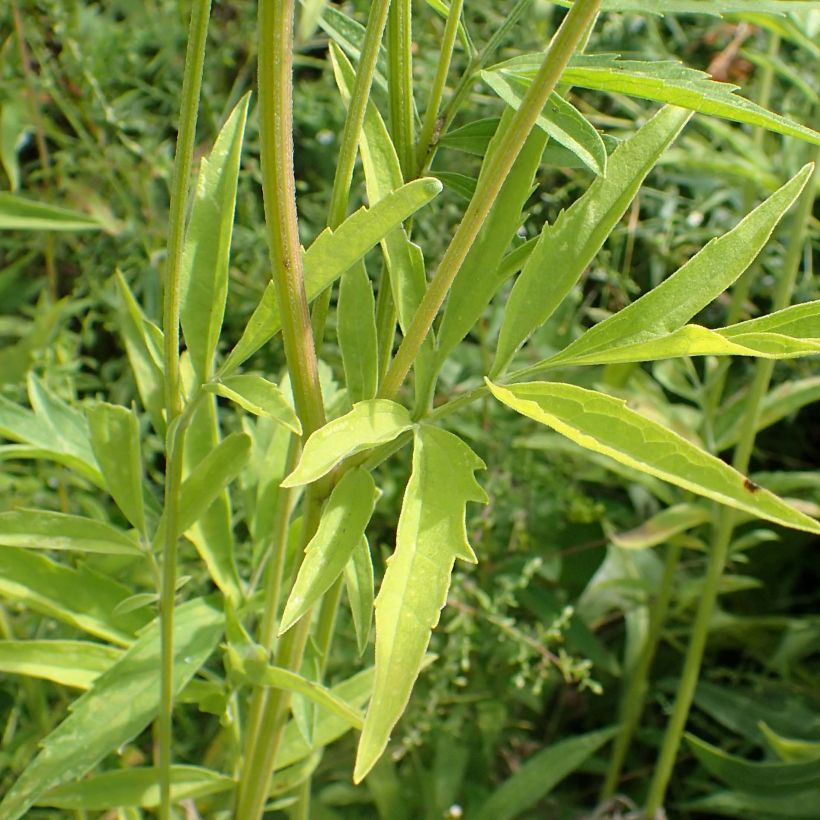



Flowering
Foliage
Plant habit
Botanical data
Ratibida
pinnata
Asteraceae
Yellow Coneflower, Greyhead Coneflower
North America
Planting and care
The Ratibida pinnata is preferably planted in spring, or at a push in early autumn in our regions that are not too cold. It thrives in full sun, in loose and well-drained garden soil, not too heavy (a mix of garden soil, compost, and fine gravel will be perfect). Choose its location carefully, as this plant does not appreciate being disturbed. Once well-rooted, it withstands dry summers well. However, in our hottest and driest regions, occasional watering in summer will be appreciated to support flowering. Remove faded flowers as they appear if you want to avoid spontaneous sowing. Divide the clump after 3 years to rejuvenate the plant, or let it die and self-seed. Prune the foliage clump in autumn, as this will encourage the plant to develop new foliage that will persist in winter. The hardiness of Ratibida is around -10°C (14°F), but clayey and waterlogged soils are detrimental to it. Acidic soils should be avoided, while limestone is well tolerated.
Ratibida is not prone to diseases or pests.
Planting period
Intended location
Care
This item has not been reviewed yet - be the first to leave a review about it.
Summer flowering perennials
Haven't found what you were looking for?
Hardiness is the lowest winter temperature a plant can endure without suffering serious damage or even dying. However, hardiness is affected by location (a sheltered area, such as a patio), protection (winter cover) and soil type (hardiness is improved by well-drained soil).

Photo Sharing Terms & Conditions
In order to encourage gardeners to interact and share their experiences, Promesse de fleurs offers various media enabling content to be uploaded onto its Site - in particular via the ‘Photo sharing’ module.
The User agrees to refrain from:
- Posting any content that is illegal, prejudicial, insulting, racist, inciteful to hatred, revisionist, contrary to public decency, that infringes on privacy or on the privacy rights of third parties, in particular the publicity rights of persons and goods, intellectual property rights, or the right to privacy.
- Submitting content on behalf of a third party;
- Impersonate the identity of a third party and/or publish any personal information about a third party;
In general, the User undertakes to refrain from any unethical behaviour.
All Content (in particular text, comments, files, images, photos, videos, creative works, etc.), which may be subject to property or intellectual property rights, image or other private rights, shall remain the property of the User, subject to the limited rights granted by the terms of the licence granted by Promesse de fleurs as stated below. Users are at liberty to publish or not to publish such Content on the Site, notably via the ‘Photo Sharing’ facility, and accept that this Content shall be made public and freely accessible, notably on the Internet.
Users further acknowledge, undertake to have ,and guarantee that they hold all necessary rights and permissions to publish such material on the Site, in particular with regard to the legislation in force pertaining to any privacy, property, intellectual property, image, or contractual rights, or rights of any other nature. By publishing such Content on the Site, Users acknowledge accepting full liability as publishers of the Content within the meaning of the law, and grant Promesse de fleurs, free of charge, an inclusive, worldwide licence for the said Content for the entire duration of its publication, including all reproduction, representation, up/downloading, displaying, performing, transmission, and storage rights.
Users also grant permission for their name to be linked to the Content and accept that this link may not always be made available.
By engaging in posting material, Users consent to their Content becoming automatically accessible on the Internet, in particular on other sites and/or blogs and/or web pages of the Promesse de fleurs site, including in particular social pages and the Promesse de fleurs catalogue.
Users may secure the removal of entrusted content free of charge by issuing a simple request via our contact form.
The flowering period indicated on our website applies to countries and regions located in USDA zone 8 (France, the United Kingdom, Ireland, the Netherlands, etc.)
It will vary according to where you live:
- In zones 9 to 10 (Italy, Spain, Greece, etc.), flowering will occur about 2 to 4 weeks earlier.
- In zones 6 to 7 (Germany, Poland, Slovenia, and lower mountainous regions), flowering will be delayed by 2 to 3 weeks.
- In zone 5 (Central Europe, Scandinavia), blooming will be delayed by 3 to 5 weeks.
In temperate climates, pruning of spring-flowering shrubs (forsythia, spireas, etc.) should be done just after flowering.
Pruning of summer-flowering shrubs (Indian Lilac, Perovskia, etc.) can be done in winter or spring.
In cold regions as well as with frost-sensitive plants, avoid pruning too early when severe frosts may still occur.
The planting period indicated on our website applies to countries and regions located in USDA zone 8 (France, United Kingdom, Ireland, Netherlands).
It will vary according to where you live:
- In Mediterranean zones (Marseille, Madrid, Milan, etc.), autumn and winter are the best planting periods.
- In continental zones (Strasbourg, Munich, Vienna, etc.), delay planting by 2 to 3 weeks in spring and bring it forward by 2 to 4 weeks in autumn.
- In mountainous regions (the Alps, Pyrenees, Carpathians, etc.), it is best to plant in late spring (May-June) or late summer (August-September).
The harvesting period indicated on our website applies to countries and regions in USDA zone 8 (France, England, Ireland, the Netherlands).
In colder areas (Scandinavia, Poland, Austria...) fruit and vegetable harvests are likely to be delayed by 3-4 weeks.
In warmer areas (Italy, Spain, Greece, etc.), harvesting will probably take place earlier, depending on weather conditions.
The sowing periods indicated on our website apply to countries and regions within USDA Zone 8 (France, UK, Ireland, Netherlands).
In colder areas (Scandinavia, Poland, Austria...), delay any outdoor sowing by 3-4 weeks, or sow under glass.
In warmer climes (Italy, Spain, Greece, etc.), bring outdoor sowing forward by a few weeks.
